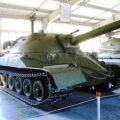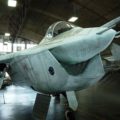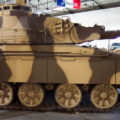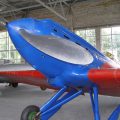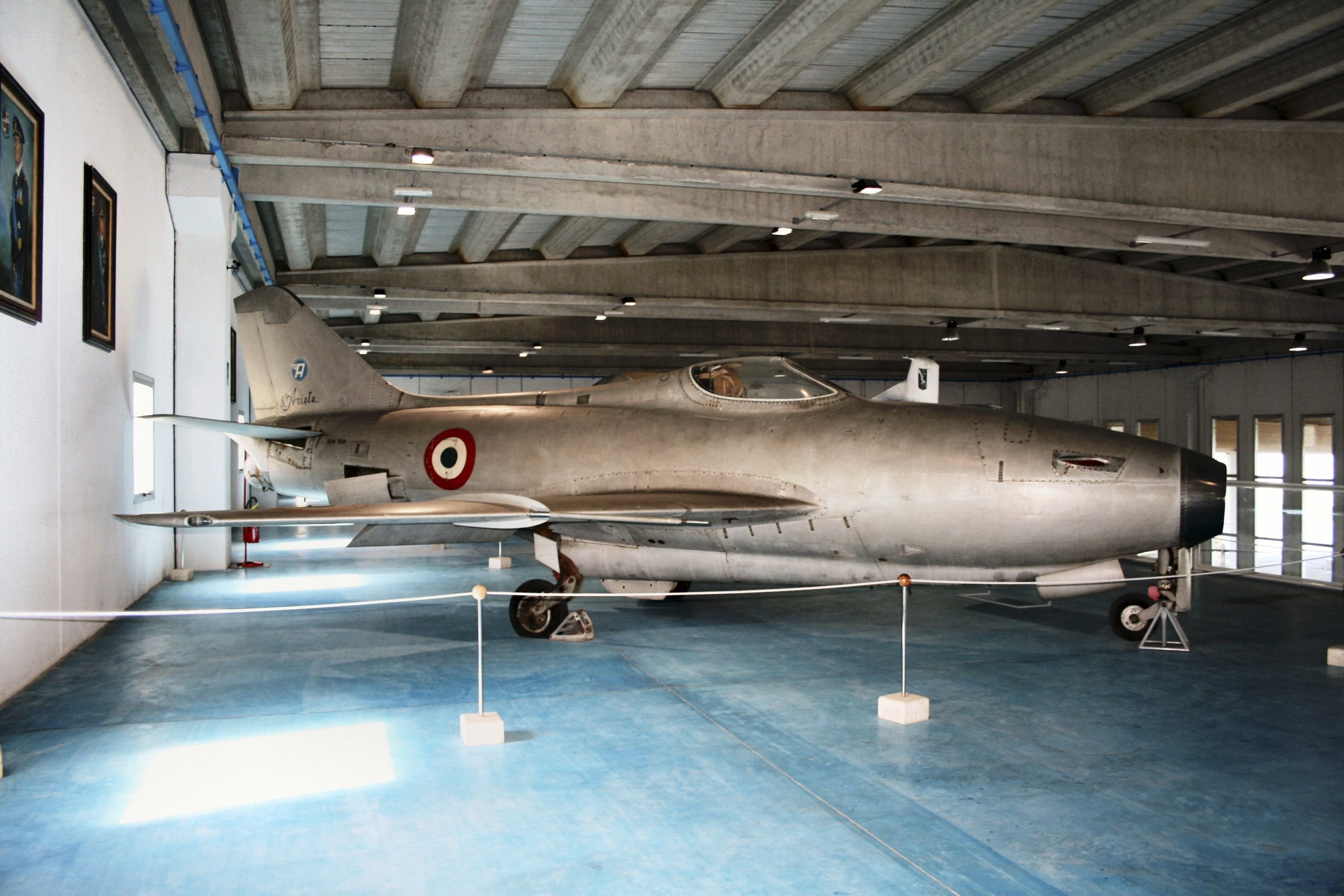
Aerfer Sagittario 2 | |
|---|---|
| País | Itália |
| Papel | Protótipo de caça |
| Primeiro voo | 19 de maio de 1956 |
| Construído | 2 |
O Aerfer Sagitário 2 (italiano para sagitário) foi um protótipo de avião de combate leve de assento único totalmente metálico construído na Itália pela Aerfer, destinado a servir como um interceptador ou aeronave de apoio tático leve. Voou pela primeira vez em 1956, tornou-se a primeira aeronave italiana a quebrar a barreira do som em voo controlado quando atingiu Mach 1.1 durante um mergulho de 13.725 m (45.000 pés).
| Aerfer Sagittario 2 Walk Around | |
|---|---|
| Fotógrafo | Giacomo Gramazio |
| Localização | Desconhecido |
| Fotos | 13 |
Kits relacionados:
Encontre kits no eBay:
See also:
O Aerfer Sagittario 2 foi um feito notável na história da aviação italiana. Era um protótipo de avião de caça que foi projetado para ser rápido, ágil e versátil. O Sagitário 2 foi desenvolvido a partir do Ambrosini Sagitário, que era uma versão a jato do treinador Ambrosini S.7. O Sagitário 2 tinha uma forma elegante e aerodinâmica, com uma asa e cauda varridas, um dossel de bolha e um motor a jato montado no nariz. O motor era um Rolls-Royce Derwent 9, que dava à aeronave um empuxo de 16 kN (3.600 lbf). O Sagitário 2 tinha dois canhões de 30 mm como seu armamento principal, e também podia carregar bombas, foguetes ou armas adicionais em dois pontos duros sob as asas.
O Sagitário 2 voou pela primeira vez em 19 de maio de 1956, pilotado por Riccardo Bignamini. Em 4 de dezembro de 1956, alcançou um marco histórico quando se tornou a primeira aeronave italiana a quebrar a barreira do som em voo nivelado a uma altitude de 13.725 m (45.000 pés). A aeronave atingiu uma velocidade de Mach 1.1 (1.006 km/h ou 625 mph), demonstrando seu excelente desempenho e potencial. O Sagitário 2 foi testado pela Força Aérea Italiana para fins de avaliação, mas não entrou em produção ou serviço. Em vez disso, serviu como um trampolim para o desenvolvimento de caças mais avançados pela Aerfer, como o Ariete e o Leone. O Sagitário 2 continua sendo um importante exemplo de engenhosidade e inovação italiana na engenharia aeroespacial.
Visualizações : 501




